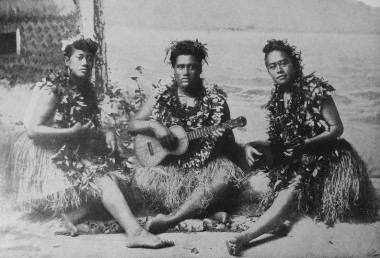Welcome to Hawaii Genealogy & History
The Hawaiian Islands were first settled as early as 400 B.C., when Polynesians from the Marquesas Islands, 2000 miles away, traveled to Hawaii’s Big Island in canoes. Highly skilled farmers and fishermen, Hawaiians lived in small communities ruled by chieftains who battled one another for territory.
The first European to set foot in Hawaii was Captain James Cook, who landed on the island of Kauai in 1778. Cook, who named the islands after the Earl of Sandwich, returned to a year later and was killed in a confrontation with Hawaiians at Kealakekua Bay, on Hawaii’s Big Island.
Between 1791 and 1810, King Kamehameha conquered other rulers and united the entire archipelago into one kingdom. Hawaii’s first king, who died in 1819, is still feted with floral parades every June 11, King Kamehameha Day.
In 1820, the first Christian missionaries arrived. Shortly afterward, Western traders and whalers came to the islands, bringing with them diseases that devastated the native Hawaiian population. Hawaiians had numbered about 300,000 when Cook arrived. By 1853, the native population was down to 70,000.
In 1893, American colonists controlled Hawaii’s sugar-based economy, and they easily overthrew the kingdom and established the Republic of Hawaii. With the agreement of the mostly American elite, the U.S. annexed Hawaii as a territory in 1898.
The government agreed on behalf of Hawaii to join the US in 1898 as the Territory of Hawaii. In 1959, the islands became the state of Hawaii of the United States.
This site is hosted by USGenWebSites, a part of the USGenWeb.C
